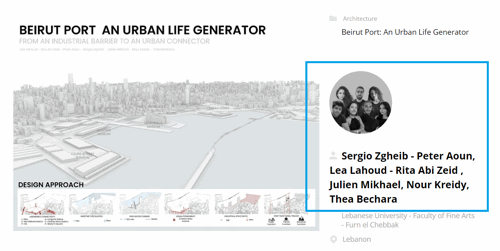Memorial to the Residents of Blockaded Leningrad

Project idea
One of the main challenges I faced was to seamlessly integrate the planned memorial into the existing urban environment while maximizing the preservation of the natural landscape.
The choice of the location for the memorial was influenced by elements already present in the park. The new memorial will serve as a logical addition to the established context, ensuring visual and spatial harmony with the "Victory Stele" monument for an interactive experience for visitors to the entire complex. This approach will help create not only a physical but also an emotional continuation of the memorial theme, uniting the elements of the park into a single space filled with deep meaning.
The form of the memorial is based on specific historical maps of besieged Leningrad, which gives it particular significance and creates a unique visual experience. This choice symbolizes a connection to important events of the past and helps visitors understand and feel the historical importance of the memorial. A clear boundary highlighted by a light ribbon at ground level serves as a visual accent, enhancing the effect of the contour-ring. To make the monument more accessible and informative, the inscription "Dedicated to the residents of besieged Leningrad" is placed on the outer side of the concrete surface.
The design features expressive silhouettes. The shape of the memorial consists of sharp, fragmented structures symbolizing the danger posed by the enemy. The monument's form maximizes views of the neighboring monuments while preserving existing pedestrian connections. Additionally, granite blocks are scattered throughout the area. Their rough and cold surface embodies the tragedy experienced by millions of families torn apart by the blockade.
Special attention has been given to the internal space. Candles placed in rectangular niches form a ribbon along the perimeter of the memorial. At the center, a granite obelisk rises, inscribed on its side with "Dedicated to the residents of besieged Leningrad," topped with a zenith lantern. The light elements are a bright symbol of resilience, hope, and the indomitable spirit of the people caught in the blockade ring. The zenith lantern, reaching upwards, embodies dreams of swift liberation and a return to peaceful life.
Project description
The proposed site is located in the southeastern part of the Victory Park of the 30th Anniversary, in a recreational area, in the Dzerzhinsky district of the city of Yaroslavl, Russia.
The area of the proposed site is 0.05 hectares. The site fronts the street along Dzerzhinsky Avenue. To the south of the proposed area, there is a block of multi-storey residential buildings; to the west, the site adjoins the monument of F.E. Dzerzhinsky, and to the north – the Victory Stele memorial.
Technical information
Materials:
The structure of the memorial is made of reinforced concrete.
The central obelisk is made of granite.
Throughout the area, there are small granite blocks.
Technical and Economic Indicators
1. Area of the designed site - 0.06 hectares
2. Built-up area - 518.63 square meters
3. Building coefficient - 0.23
4. Area of the memorial - 115.53 square meters
5. Area paved with paving stones - 508.54 square meters
6. Area of landscaping - 10.08 square meters
Documentation
Show PDF 1Show PDF 2Show PDF 3Show PDF 4Show PDF 5Show PDF 6Show PDF 7Show PDF 8















